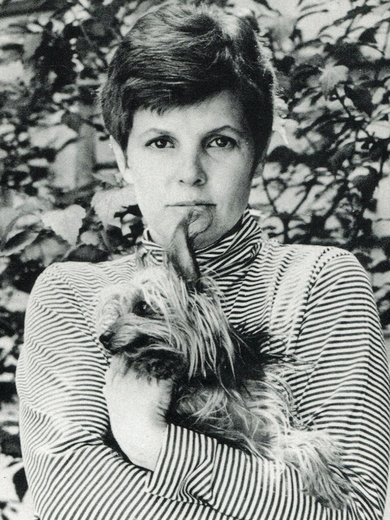
But the success of “Harriet the Spy” ensured that Fitzhugh would be remembered mostly as a writer. She writes down her impressions in capital letters in notebooks that she carries in a tool belt around her waist as she cases her neighborhood spying on her unwitting subjects.Īt the time Fitzhugh published this book (which she also illustrated), she was known primarily as an artist. To this end, on the advice of her well-read nanny, Ole Golly, she has adopted the habit of taking copious notes on family members, neighbors, teachers and friends. Holzer’s “Truisms” began appearing on posters around New York City in the late 1970s but in 1964, the American artist and writer Louise Fitzhugh had already hit upon Holzer’s shortcut to insight, conferring it on the brusque child heroine of her book “Harriet the Spy,” whom she described to her close friend the poet James Merrill as a “nasty little girl who keeps a notebook on all her friends.” Fitzhugh’s Harriet is an intense and judgmental 11-year-old who lives on Manhattan’s Upper East Side, attends private school and burns to be a writer. Stark lines of text in capital letters inscribe themselves on the mind: “RAISE BOYS AND GIRLS THE SAME WAY” “ABUSE OF POWER COMES AS NO SURPRISE” “SAVOR KINDNESS BECAUSE CRUELTY IS ALWAYS POSSIBLE LATER.” How would the universe address you, if it thought there was something you urgently ought to know? If you’ve ever seen the work of the conceptual artist Jenny Holzer, you get a sense of how it might work.


SOMETIMES YOU HAVE TO LIE The Life and Times of Louise Fitzhugh, Renegade Author of ‘Harriet the Spy’ By Leslie Brody


 0 kommentar(er)
0 kommentar(er)
